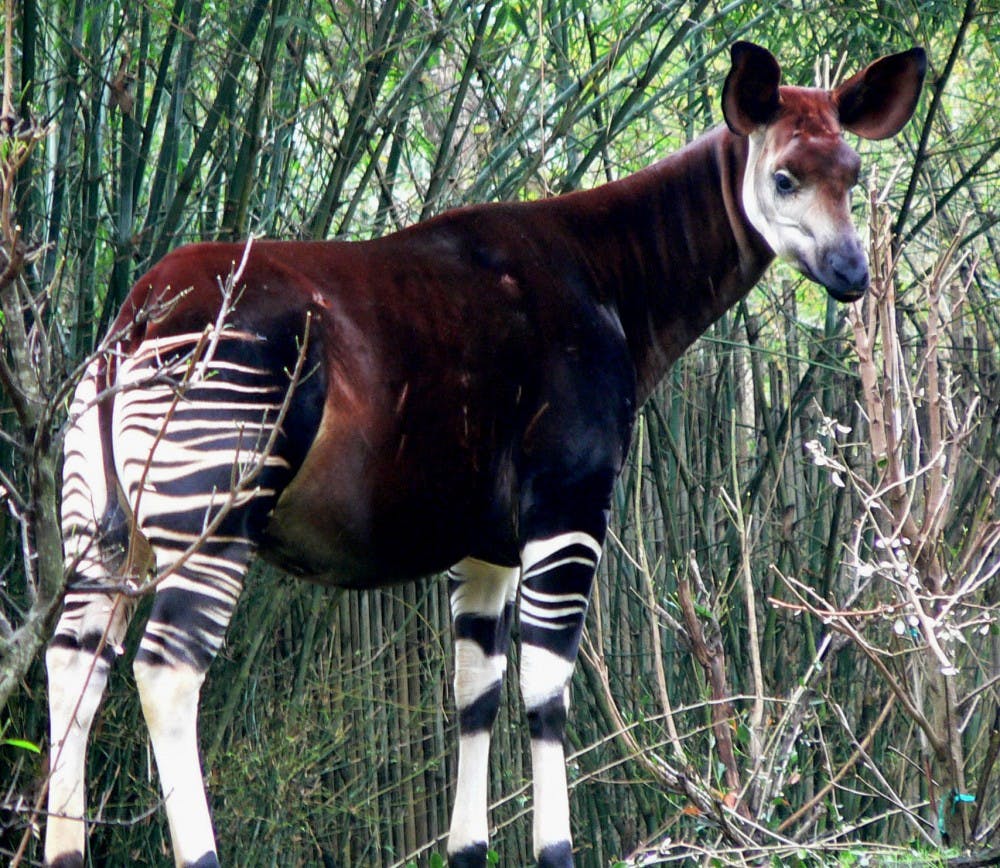
There was your typical zoo fare, lions and tigers and bears, etc. However, I was also educated on some of the really cool animals that didn’t make it into the Wizard of Oz lineup. Here are just a few:
Binturong, or Arctictis binturong, is also known as a bearcat. The first name has no known meaning: The language it came from has since been lost. Bearcat is also a pretty useless descriptor since we know it is related to neither a bear nor a cat. This name comes from the fact that the face of a binturong is very similar to a cat’s, while the body looks like a bear’s.
Finally Arctictis, the scientific name, must be useful right? Nope, it is derived from the Latin words for bear and weasel, so it’s just a really fancy way of saying bearcat.
So what is this thing? Its subfamily includes a lot of other Southeast Asian animals that you’ve probably never heard of such as the civet. It also includes the fossa, otherwise known as the villains from the Madagascar movie.
Binturongs also have some pretty unique features on their bodies. They are one of two carnivorous species that have prehensile tails. Their ankles can turn 180 degrees to help them walk down trees. And weirdest of all, they smell distinctly of popcorn.
Tapirs, despite the fact that you’ve probably never heard of them, are often used to judge the health of areas they thrive in. This is because they are one of the first species to decline after human disturbance and also extremely important to the health of the forest.
Woolly tapirs in particular, native to the Andes of South America, are one of the most endangered animals in the world.
Tapirs look similar to pigs but are actually more closely related to rhinos. They have a prehensile snout, similar to an elephant’s, though much shorter, and can use the snout as a snorkel to help them breathe underwater.
Okapi look like they might be related to zebras. They have the same striped coloration, though only along their legs and hindquarters. As it turns out, however, they are actually the only relatives of giraffes. This is made a lot more obvious when the okapi open their mouths to show off their prehensile tongues.
Okapis have other unusual body parts, including feet with scent glands. This is used to help mark their territory to other okapis. They are also capable of emitting subsonic sounds as a way of communicating with each other without alerting predators.
Secretary birds are the only terrestrial birds of prey. They run after rodents or snakes rather than dive out of the sky for them. Their long legs covered in black feathers supposedly looked like the trousers of the Europeans who ended up naming this bird.
That, paired with the waistcoat-like feathers and the “quill pens” hidden behind its ears, got this bird named after secretaries.
Despite their terrestrial adaptations, secretary birds can fly. In fact, they tend to roost high up in the trees of their native continent, Africa. A monogamous pair will spend months collecting sticks, dung and other materials in order to build giant nests. These nests will be used to raise multiple batches of chicks.
Unfortunately, I only have room to list very few of the cool things I learned about. We didn’t even touch on any of the plant species. This experience was a good reminder that there’s more to life then what’s inside the Hopkins bubble and certainly more to learn about than you can find here at school.





